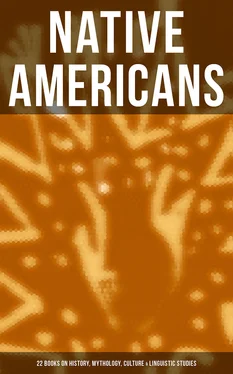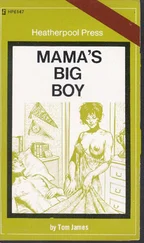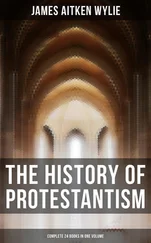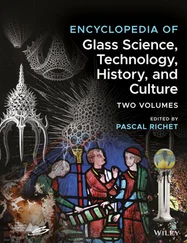The small tents which are used in the spring are made of a few converging poles forming a cone. They are covered with a skin roof.

Fig. 506. Plan and sections of double winter tent, Cumberland Sound.
Some families, instead of building snow houses or stone houses in winter, cover the summer tent with shrubs and spread over them a second skin cover. In front of the tent snow vaults are built to protect the interior from the cold. In some instances several families join their tents (Fig. 506). In the front part where the tents adjoin each other the covers are taken away and replaced by a whale rib which affords a passage from one room to the other.
The plans of the feasting houses, will be found in another place ( p. 600).
Clothing, Dressing of the Hair, and Tattooing
Table of Contents
The styles of clothing differ among the tribes of the Central Eskimo. In summer the outer garment is always made of sealskins, though the women wear deerskins almost the entire year. The sealskin clothing is made from the skins of Pagomys fœtidus , yearlings being used, and also from those of Callocephalus , if they can be obtained. The latter particularly are highly valued by the natives. The inner garment is made either of the skin of the young seal in the white coat or of a light deerskin. It is cut entirely with the woman’s knife and is sewed with deer sinews.
The prettiest clothing is made by the tribes of Davis Strait. Both men and women wear boots, trousers, and jackets. The style of the men’s clothing may be seen from Figs. 397and 399, which represent men in the winter clothing, and 412and 435, which show them in summer clothing. The summer boots are made from the hairless skin of Pagomys fœtidus , the soles from that of Phoca , the sole reaching to the top of the foot. The leg of the boot is kept up by a string passing through its rim and firmly tied around the leg. At the ankle a string passes over the instep and around the foot to prevent the heel from slipping down. On the top of the foot a knob (qaturang) is sometimes attached to the string as an ornament (Fig. 507). The stocking is made of light deerskin. It reaches above the knee, where it has a trimming made from the white parts of a deerskin, whereas the boot ends below the knee. Next to the stocking is a slipper, which is made of birdskin, the feathers being worn next to the foot. This is covered with a slipper of sealskin, the hair side worn outward and the hair pointing toward the heel. The boot finishes the footgear. In the huts the birdskin slippers are frequently laid aside.
The breeches of the men consist of an outside and an inside pair, the former being worn with the hair outside; the latter, which are made of the skins of young seals or of deer, with the hair inside. They are fastened round the body by means of a string and reach a little below the knee. Their make will best be seen from the figures. Only the southern tribes trim the lower end of the trousers by sewing a piece to them, the hair of which runs around the leg, while above it runs downward. This pattern looks very pretty.
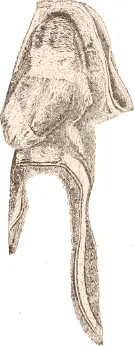
Fig. 508. Woman’s jacket. (National Museum, Washington.)

Fig. 507. Qaturang or boot ornament. (Museum für Völkerkunde, Berlin. IV A 6850.)

Fig. 509. Ivory beads for women’s jackets, a (Museum für Völkerkunde, Berlin. IV A 6841) b , c (National Museum, Washington. 34134.) 1/1
The jacket does not open in front, but is drawn over the head. It has a hood fitting closely to the head. The back and the front are made of a sealskin each. The hood of the Oqomiut is sharply pointed, while that of the Akudnirmiut is more rounded. The jackets are cut straight and have a slit in front. Some have a short tail behind, particularly the winter jackets. The cut of the winter clothing, which is made of deerskin, is the same as the former, and it is frequently trimmed with straps of deerskin. The jacket is rarely worn with the hood down, as it is only used while hunting and traveling. It is never brought into the huts, but after being cleaned from the adhering snow with the snowbeater (tiluqtung, as named by the eastern tribes; arautaq, as called by Hudson Bay tribes) is kept in the storeroom outside the house.
The women’s trousers are composed of two pieces. The upper one fits tightly and covers the upper half of the thigh. It is made of the skin of a deer’s belly. The other parts are, as it were, leggings, which reach from a little below the knee to the middle of the thigh and are kept in place by a string running to the upper part of the trousers. The women’s jacket (Fig. 508) is much more neatly trimmed than that of the men. It is frequently adorned with ivory or brass beads running round the edge (Fig. 509). It has a wide and large hood reaching down almost to the middle of the body. In front the jacket has a short appendage; behind, a very long tail which trails along the ground (see Fig. 508). If a child is carried in the hood, a leather girdle fastened with a buckle (Fig. 510) is tied around the waist and serves to prevent the child from slipping down. The first specimen given in Fig. 510 is remarkable for its artistic design.
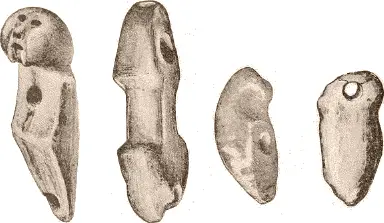
Fig. 510. Girdle buckles.
a , c , d (Museum für Völkerkunde, Berlin.) b (National Museum, Washington. 34125.) 1/1
Among the Akudnirmiut of Davis Strait another fashion is more frequently in use much resembling that of Iglulik. The women have a wider jacket with a broader hood, enormous boots with a flap reaching up to the hip, and breeches consisting of one piece and reaching to the knees. Unfortunately I have no drawing of this clothing and must therefore refer to Parry’s engravings, which, however, are not very well executed, and to the figures representing dolls in this costume (see Fig. 528).
When children are about a month old they are put into a jacket made from the skin of a deer fawn and a cap of the same material, their legs remaining bare, as they are always carried in their mother’s hood. In some places, where large boots are in use, they are said to be carried in these. The cap is separate and is always made of the head of a fawn, the ears standing upright on each side of the head. The jacket is either quite open in front or has a short slit. Children of more than two years of age wear the same clothing, with trousers and boots (Fig. 511). When they are about eight years old they are clothed like men (Fig. 512). Girls frequently wear the same kind of dress for some time, until they are from nine to ten years old, when they assume the clothing of the women.
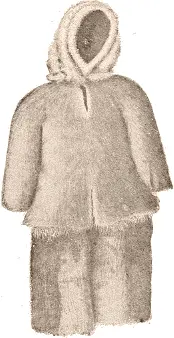
Fig. 511. Infant’s clothing.
Читать дальше
